Oct 4 2016
A short OTW session and some thoughts about “SPI”
The featured image does not reflect today’s weather conditions.
Today’s session started quite dramatic. Seven AM. Rain. The wind didn’t seem so strong but it was creating a big chop. I am not a native speaker so haven’t mastered the 57 or more words the English language probably has to distinguish between different ways of water surface movement. Ripple. Chop. Waves. On the lake part of the outing, I would say it was significantly choppy. Now and then a wave would wash over my stern, and the waves definitely slowed down the rowing.
When I set off, I needed a few strokes to feel comfortable in the rough circumstances, but then I got moving, albeit slowly, towards Rokle, where the river part starts.
That is where I did my workout. Today it was just a few short bouts at head race pace, 5x3min/3min rest. After 2 intervals, the NK SpeedCoach started flashing “Low Memory”, which caused a bit of a panic. I stopped, abandoned the workout, and went to the list of workouts, intending to delete one or two older workouts to make space. It turns out that on the SpeedCoach, you can only erase all workouts, which clearly I didn’t want to do, because I needed the data of the warming up and the first two intervals. Luckily, the workout list also told me that I was consuming 90% of available memory, so I estimated that I still had about an hour of rowing left before the memory would be full.
Work Details - Part I
#-|SDist|-Split-|-SPace-|-SPM-|AvgHR|MaxHR|DPS-
01|00672| 03:00 |02:13.9| 26.3| 163 | 173 | 8.5 - headwind, turns
02|00536| 03:00 |02:47.9| 19.3| 146 | 172 | 9.2 - rest
03|00709| 03:00 |02:06.9| 27.0| 169 | 176 | 8.8 - headwind
04|00055| 00:20 |03:09.0| 17.3| 173 | 176 | 9.2 - abandoned
Workout Summary
--|01972| 09:20 | 2:22.1| 24.0| 161 | 176 | 8.8
Work Details - Part II
#-|SDist|-Split-|-SPace-|-SPM-|AvgHR|MaxHR|DPS-
01|00736| 03:00 |02:02.2| 27.3| 168 | 176 | 9.0 - tailwind
02|00554| 03:00 |02:42.4| 18.3| 146 | 175 | 10.1 - rest
03|00730| 03:00 |02:03.2| 27.7| 169 | 176 | 8.8 - tailwind, turns
04|00541| 03:00 |02:46.3| 18.7| 147 | 175 | 9.7 - rest
05|00743| 03:00 |02:01.1| 27.7| 169 | 177 | 9.0 - tailwind, chop
06|00555| 03:00 |02:42.1| 18.0| 145 | 175 | 10.3 - rest
Workout Summary
--|03859| 18:00 | 2:19.9| 22.9| 160 | 177 | 9.3
Two of the intervals were steering through a couple of tight turns and thus good “mirror practice”:
Here are the plots for the two parts:
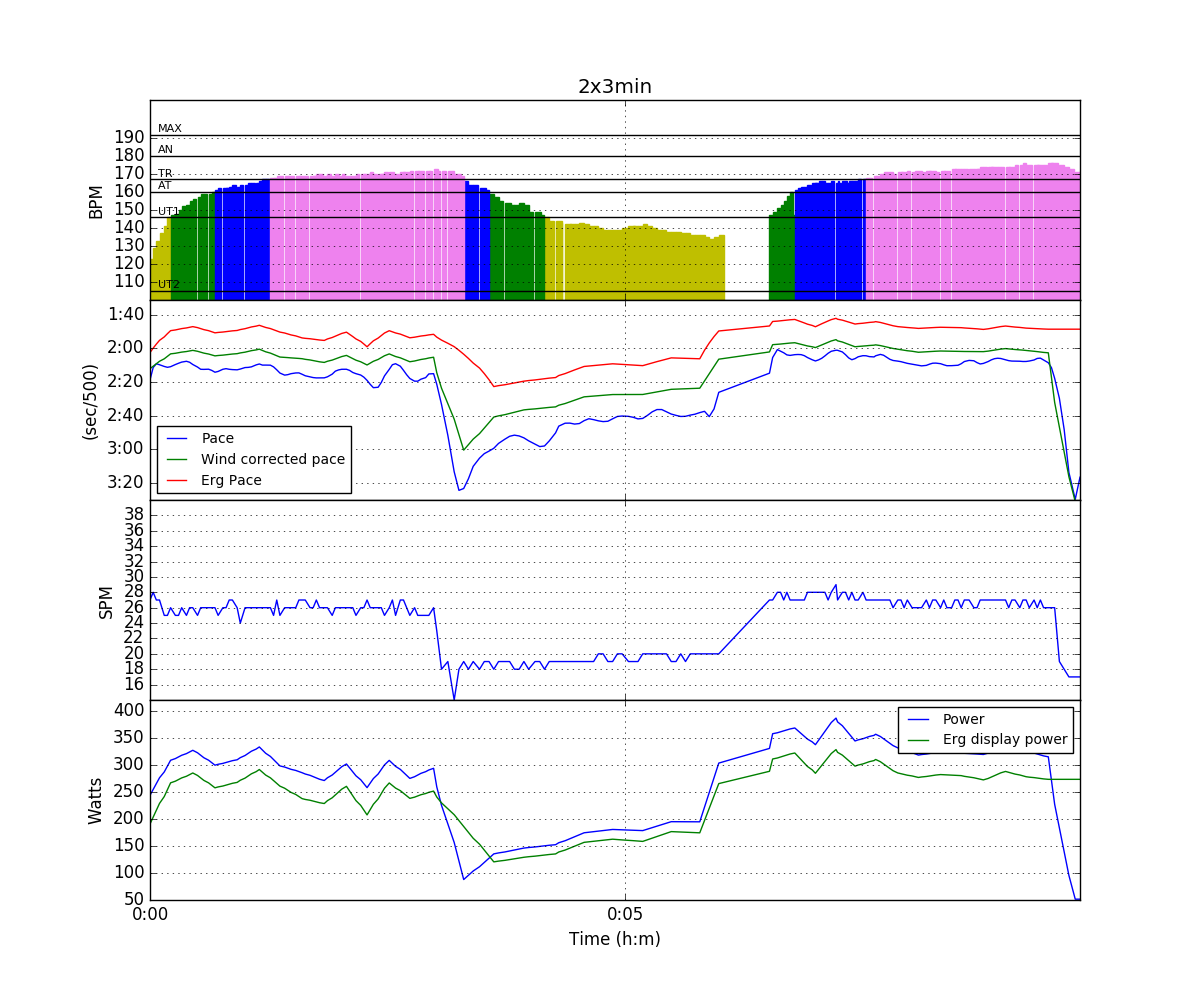
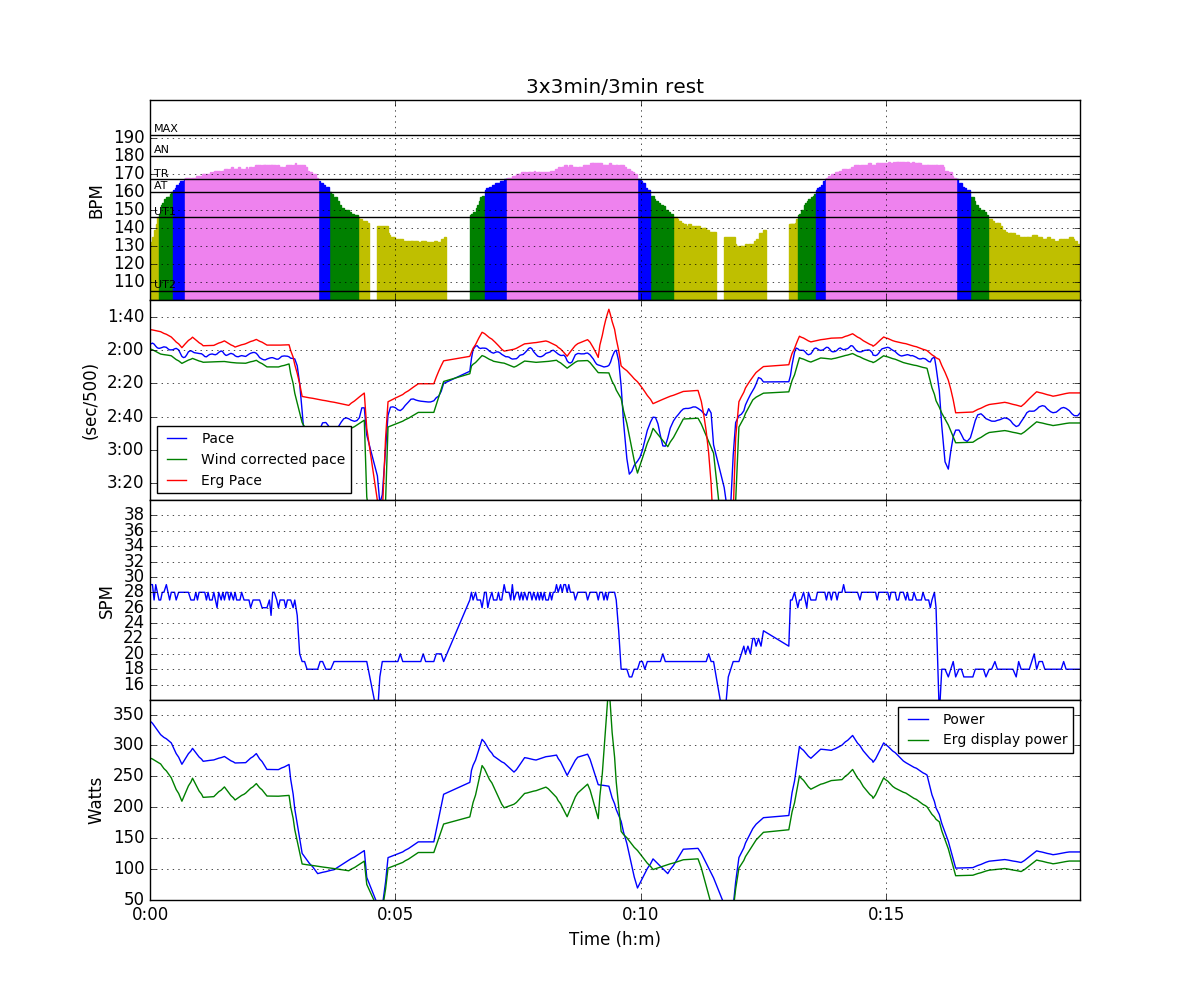
I may have overestimated the wind strength a bit, because I think I was working a bit less hard in the headwind intervals and a bit harder in the tailwind intervals than suggested by the power values.
On Quadrant Charts in Cycling and Rowing
Cyclists with a power meter are fond of plotting pedal velocity against average effective pedal force. Here’s a good example: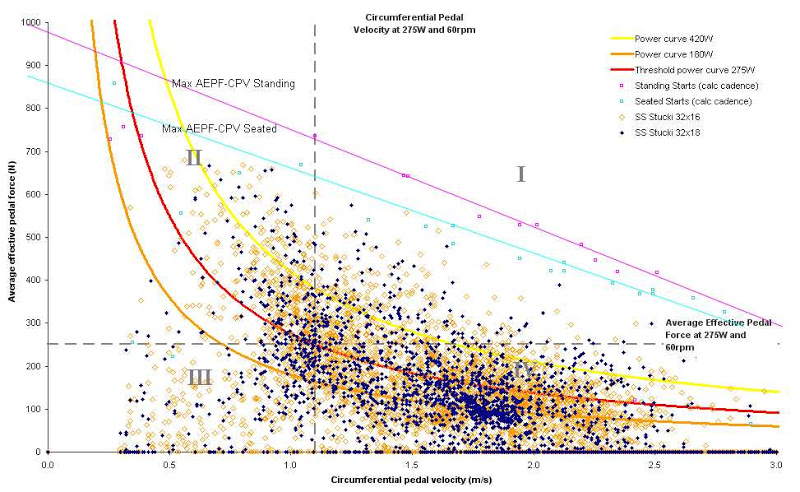
There are several reasons why this plot is interesting. The power is effectively given by the product of the pedal velocity and the average effective pedal force. Crank length comes into play as well, but this is usually fixed. Cycling speeds and gearing can result in circumferential pedal velocities which are so fast that it limits the average effective pedal force.
An equivalent plot in rowing would be to plot the average handle force as a function of handle speed. There are a few issues with that:
- The handle speeds are rarely that high that it limits the amount of force that you can apply
- The power is not given by the product, because (especially on the erg) a rower is free to chose the duration of the recovery
- We do not adjust the drag factor (OTE) or the rigging settings (OTW) during a race or training. We do however vary the stroke length by shortening up on the slide.
Here is a typical plot (of a recent 15km erg workout):
Not a lot to see.
As Thomas Carter (“Stelph”) has remarked, there is another plot that could be used for what cyclists call “Quadrant Analysis”, and here it is:
Here I plot the amount of Work done during the drive vs stroke rate. I should have not called this “Drive Energy”. “Work per Stroke” is a much better name, and I shall remind myself to change this. As with the cyclists plot, the power is essentially the stroke rate times the work per stroke (divided by 60 if you want power in Watts). Work per stroke is a function of drive length and drive force, and thus the plot doesn’t tell whether I shortened up or reduced force on the 25spm strokes, compared to the 20spm strokes (I did both).
I can imagine two ways of using this plot. For an analysis of a single session, you could see how fatigue influences drive energy and stroke rate. Usually, we go down in drive energy and increase the stroke rate to compensate. For multiple sessions, it could be interesting to see how these plots evolve over time for similar types of workouts. To be continued.
What is interesting is that the “Work per Stroke”, which is in my mind just a physical parameter to measure, is dividing the erg community. Dividing power by the stroke rate, you get something that erg rowers call SPI (Stroke Performance Index) and there are “believers” and “non-believers”. I believe there is some use, as long as we remember that average rowing power is a function of stroke length, handle force, and time taken on the recovery.

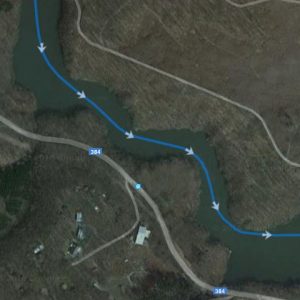
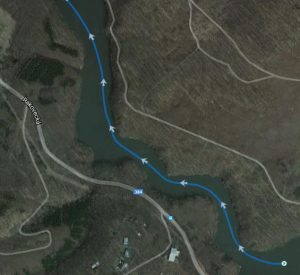


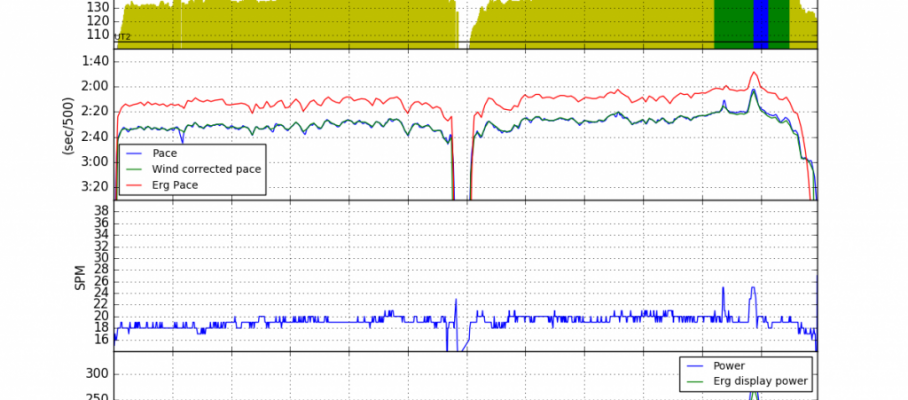
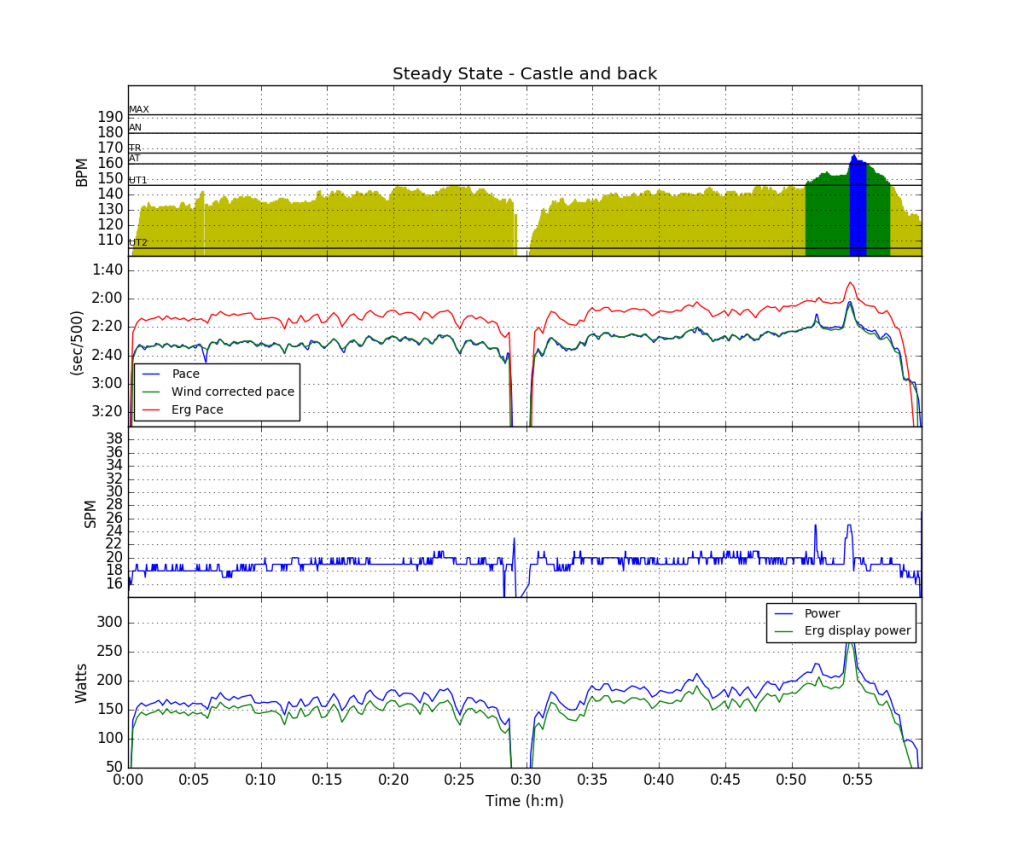
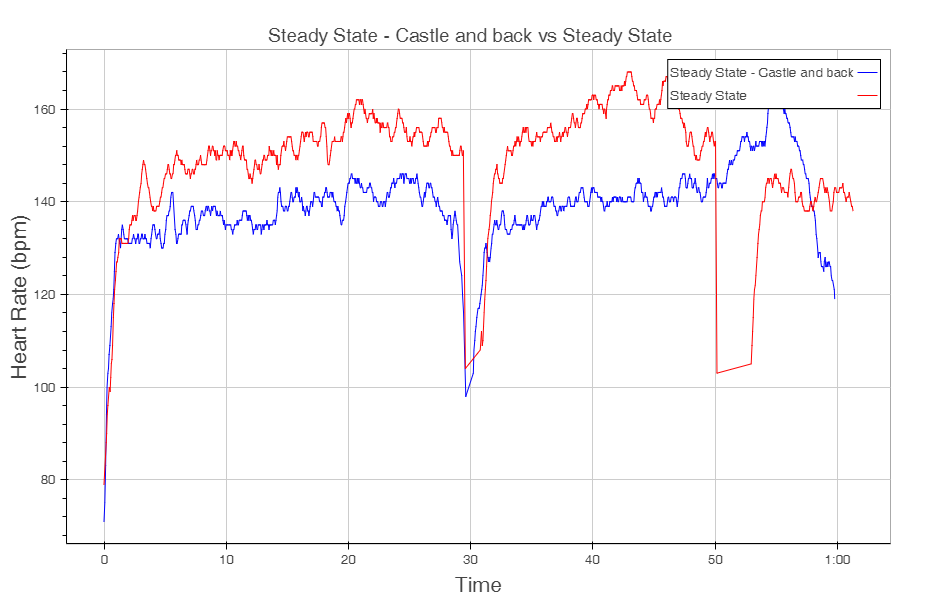
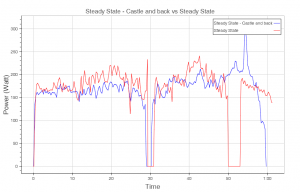
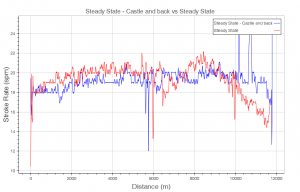

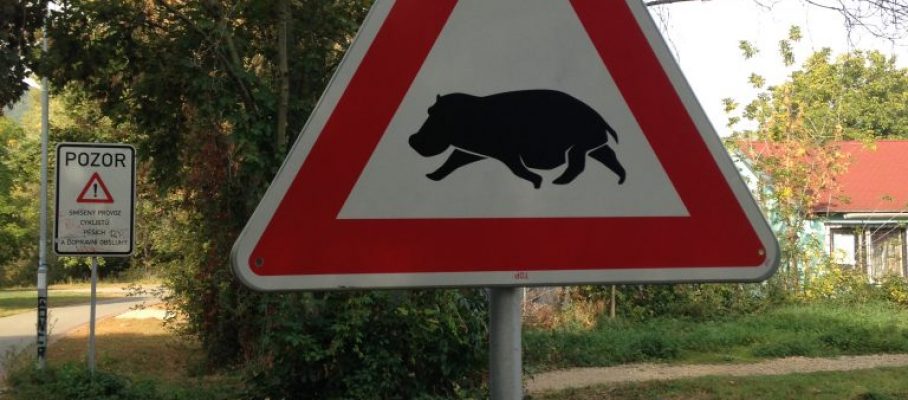


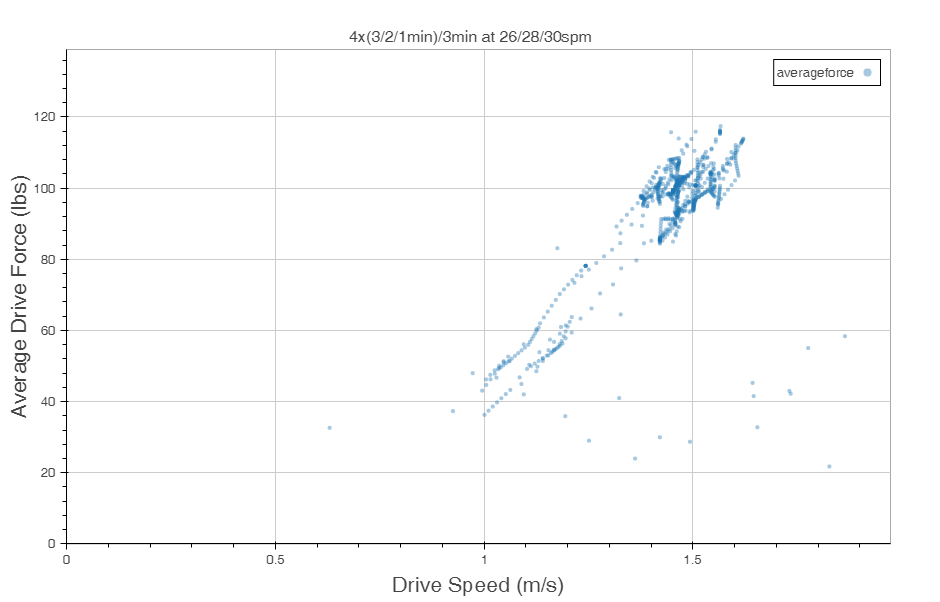

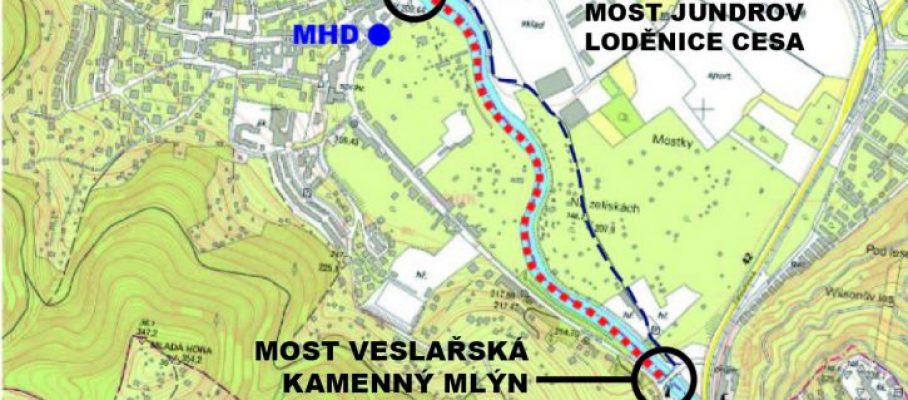
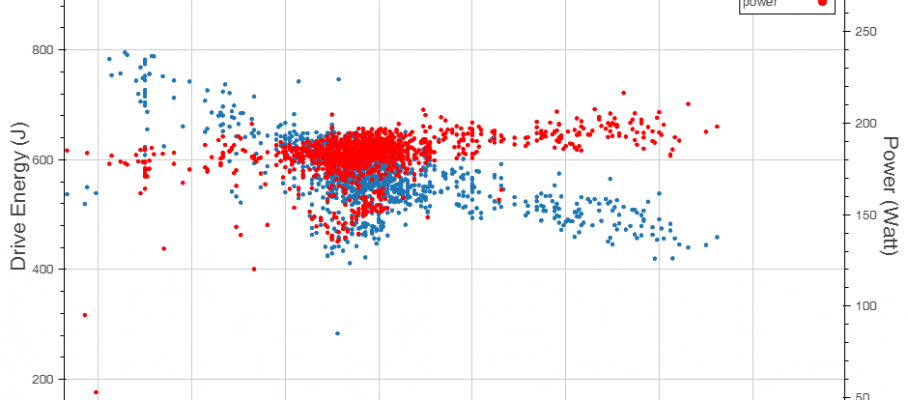



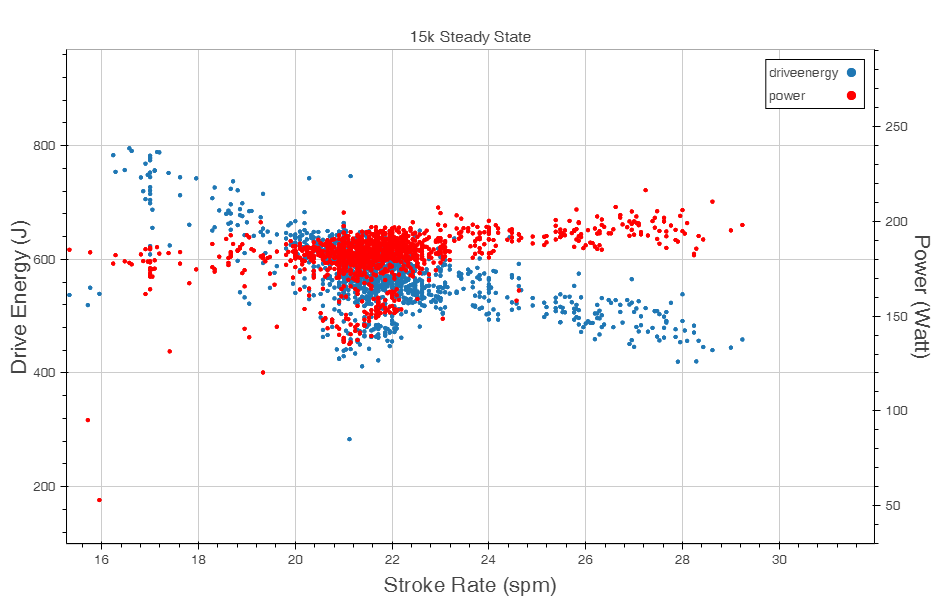
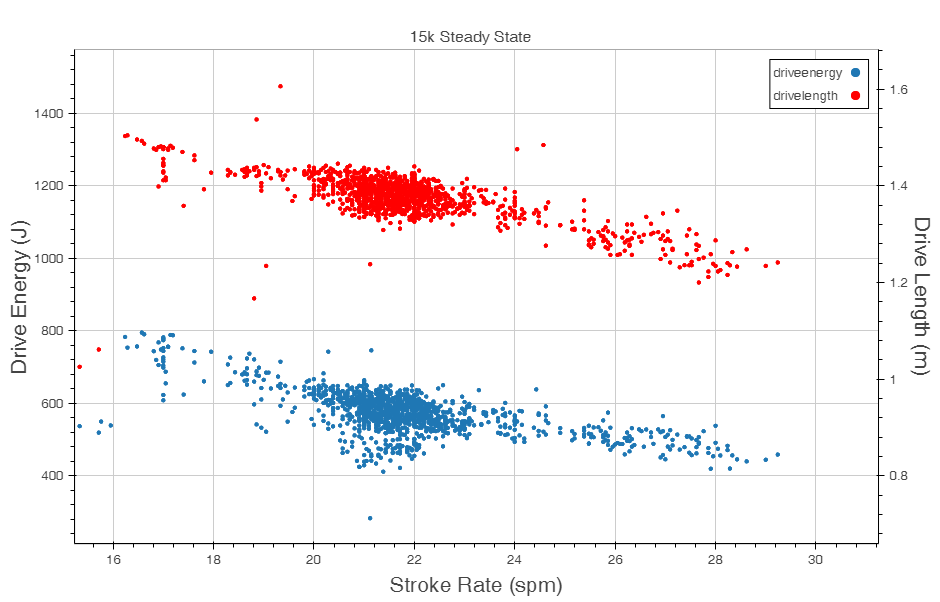
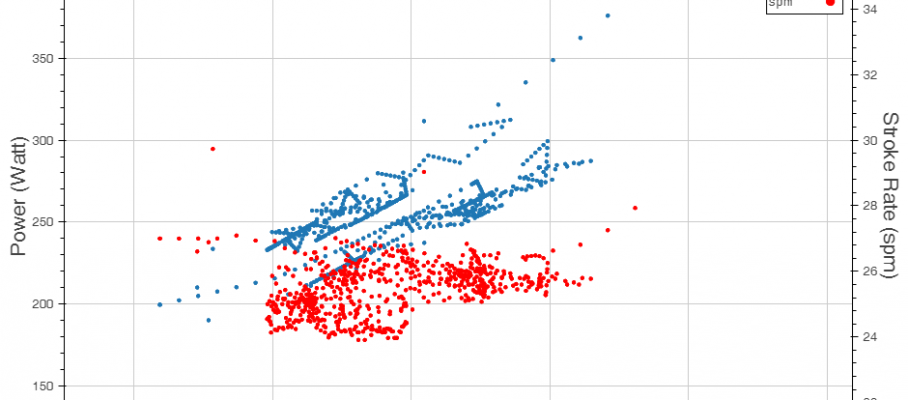
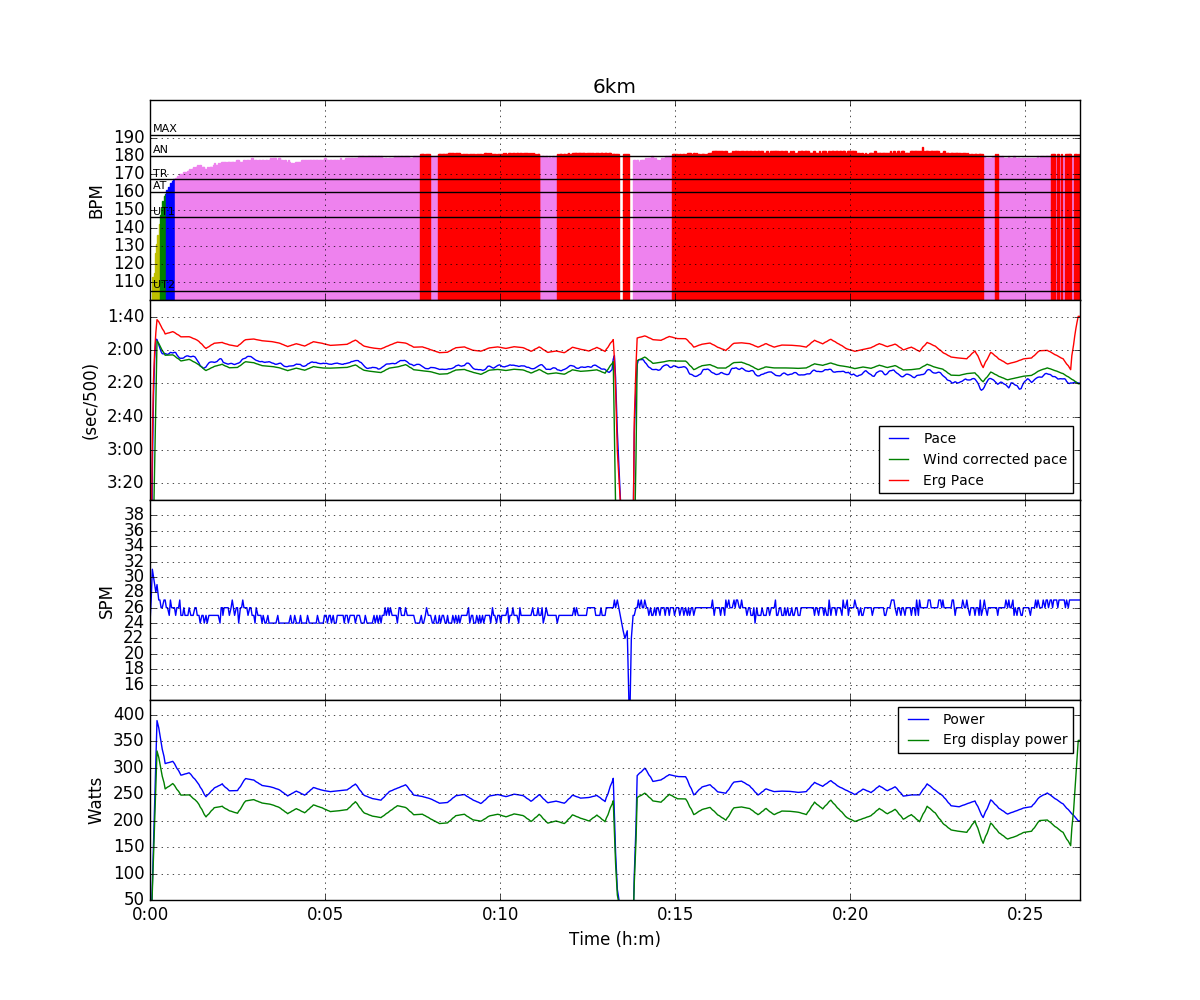
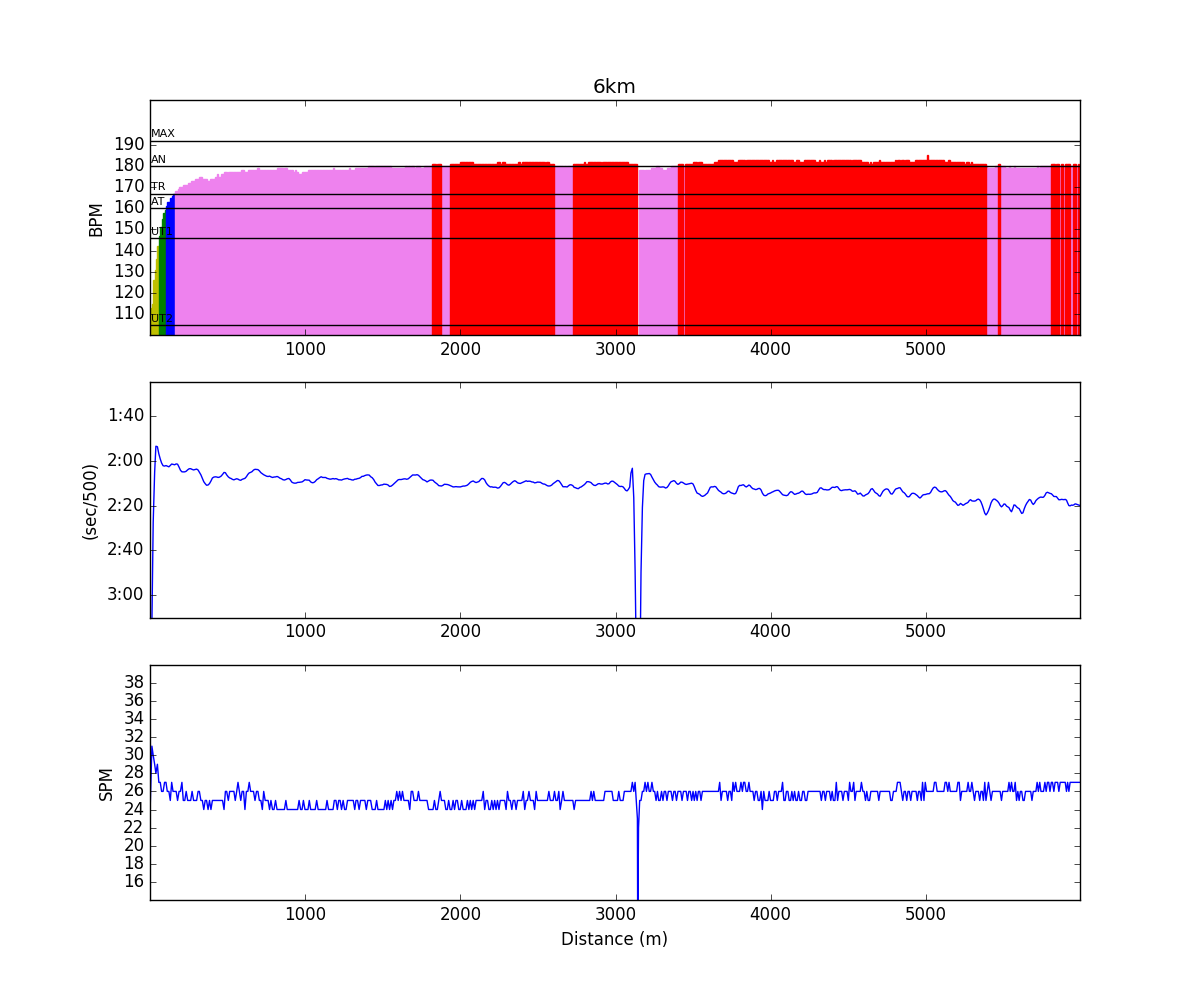
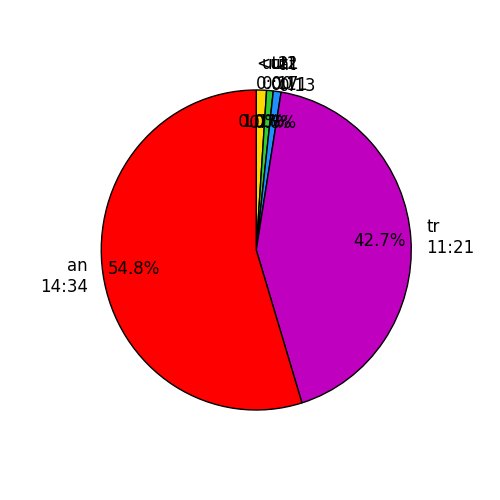


Oct 6 2016
Crack – a short session
Arrived at the club at 4pm just to see my daughter taking the single. A little miscommunication. Romana had told me in the morning that Lenka had school late and wouldn’t make it to practice. However, being nervous for the race in two days, Lenka had swapped a class and managed to be in time. Everybody wants to get OTW kilometers in to do some final technique fixes.
So I did 4km of unrecorded erg rowing on one of the rowing club ergs, and then I could get on the water. I wanted to do just a quick 6km round and then load the boat to the trailer.
The two kilometers from the dock to Rokle were uneventful. I did 20 strokes at head race pace into the headwind. At 2:04 pace, so probably a bit too hard. Then I turned around.
In front of the nude beach, I wanted to do another 20 strokes at head race pace. I was interested in the pace in the tailwind. After two strokes, I heard a loud cracking sound.
My wing rigger had cracked. This is not the first time it happened to me. This wing is already a replacement, after the original wing cracked a year and a half ago.
I guess the pictures are not very clear. Here you can see it happen in the session graph. The pace dip at 11 minutes is me turning around. The dip at 15:30 is when the rigger cracked.
So the only thing I could do was row back slowly to the dock, which was quite different because the oar angle had changed and my blades were disappearing under water. Then I called the manufacturer, a local boat builder.
He will bring a spare rigger this evening.
I loaded the boat on the trailer, took a shower and drove home, broken wing in the back of the car. It’s on the kitchen table now. I have measured all the rigging parameters and when the new rigger arrives in an hour or so, I will be able to set it up identically, such that Lenka will be able to do her practice row in Hradiste tomorrow morning.
By sanderroosendaal • Uncategorized • 3 • Tags: broken wing, OTW, rowing